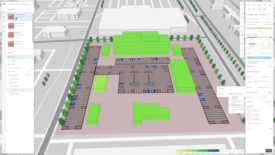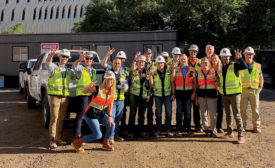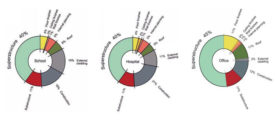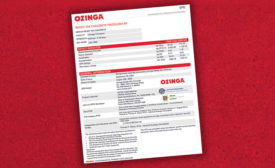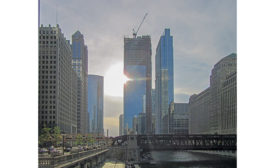Home » Keywords: » Embodied Carbon
Items Tagged with 'Embodied Carbon'
ARTICLES
Information Technology
Company also expands its cloud offerings with AI and carbon analysis tools
Read More
Materials
Reflection Window + Wall Secures Renewable Power for India Plant
Sustainable energy will produce all of the Chicago-based window-maker's aluminum products
Read More
ENR 2022 Top 25 Newsmakers
Carlos Diaz: Diving Into Unfamiliar Waters to Reduce the Embodied Carbon in Concrete
Read MorePart Five of a Series | Building a Lower Carbon Future
SE 2050 Is In Quixotic Pursuit of Eliminating Embodied Carbon in Building Structures
Structural engineers are only beginning their quest to halve carbon in new structural systems by 2030 and eradicate it by 2050
Read More
Building Materials
US Government Moves Toward Low-Carbon Product Procurement
Responses due Nov. 3 to GSA's request for information on "cleaner" materials production
Read More
Digging Deeper | Office/Retail/Mixed Use
Hines, MKA Use Embodied Carbon Guide on Salesforce Tower Chicago
Guide that helped reduce the carbon footprint of the 1.2-million-sq-ft office tower is available for all to use
Read More
The latest news and information
#1 Source for Construction News, Data, Rankings, Analysis, and Commentary
JOIN ENR UNLIMITEDCopyright ©2024. All Rights Reserved BNP Media.
Design, CMS, Hosting & Web Development :: ePublishing
